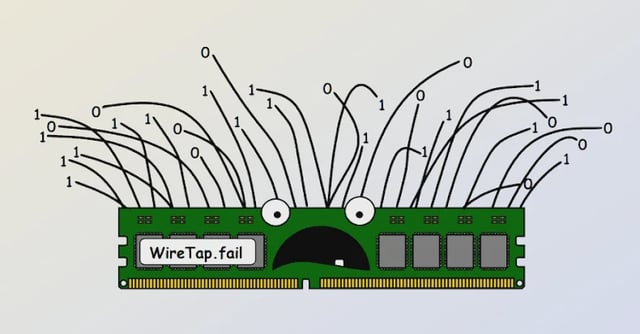Overview
- WireTap, from Georgia Tech and Purdue, passively captured SGX traffic on DDR4 to recover a Quoting Enclave ECDSA key, enabling signatures on arbitrary enclave reports.
- Battering RAM, from KU Leuven and the University of Birmingham, demonstrated active tampering that defeats SGX and AMD SEV-SNP, allowing data reads and injection of backdoors or corruption.
- Both attacks place a small device between the CPU and memory and exploit deterministic enclave encryption that produces repeatable ciphertext at the same address.
- Researchers describe installation via supply chain compromise or brief physical access, with setups costing under $50 for Battering RAM and about $1,000 for WireTap.
- Intel said such interposer attacks exceed the protection boundary of AES-XTS memory encryption and will not receive a CVE, urging strict physical security for servers and vetted cloud facilities.


